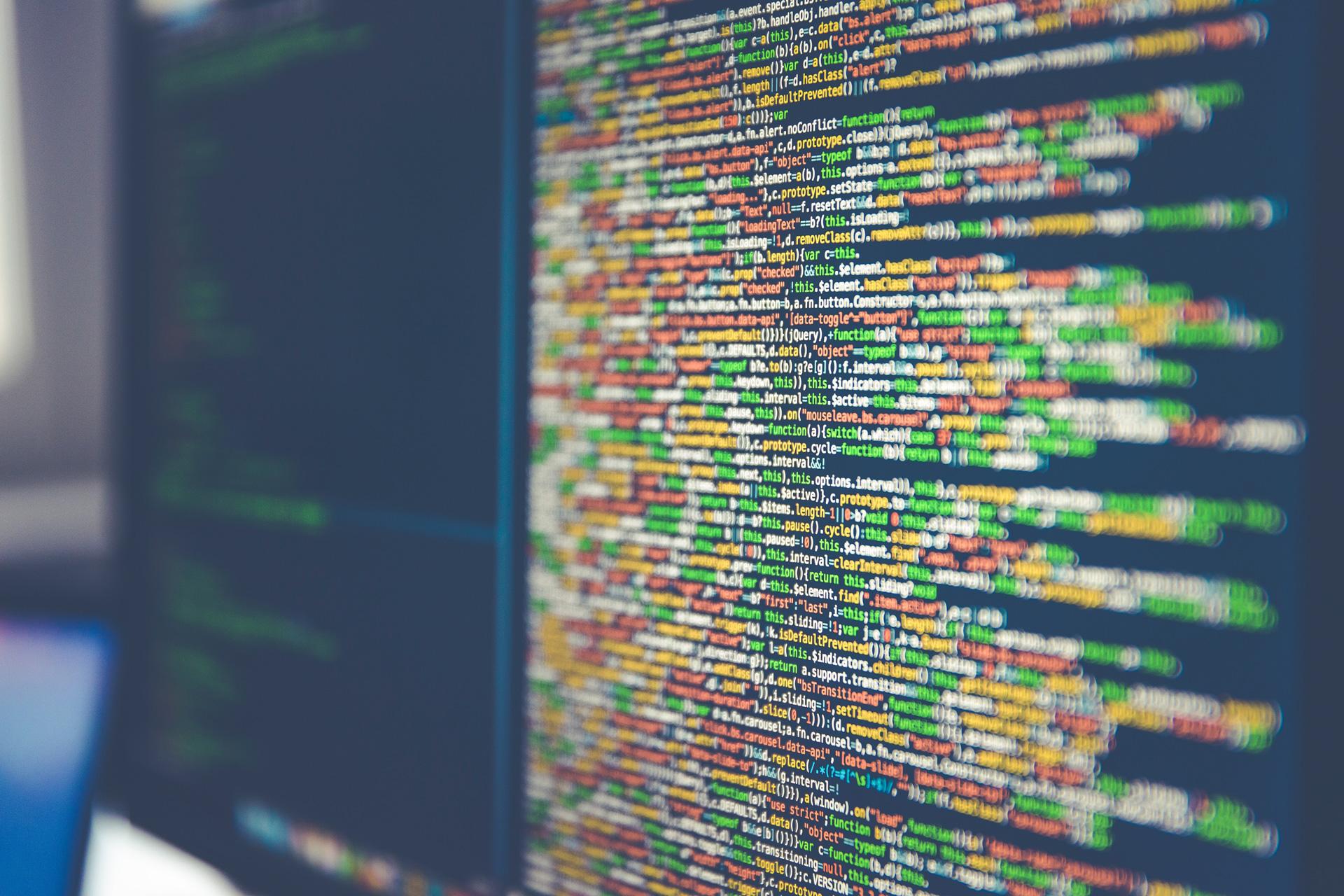Acting globally and thinking locally
We offer you global access to a wide range of IT specialists and services, and with our worldwide offices, we are readily available to support your business at every stage of its growth.
Our offices
Our clients
Our teams
We are global - we are where our customers are. You can find us in more than 20 locations in Poland and around the world.
We are Integrator 2.0, and our responsibility is to offer you technological peace of mind through a comprehensive 360° IT services business model, supporting your company at every stage of its growth.
We don’t just understand your business challenges – we’ve lived them too, effectively bridging the gap between your business goals and providing tailored solutions for your needs.
We embody a unique balance of worldwide reach and local understanding. Our strength lies in our ability to seamlessly blend international capabilities with the acumen of local, highly skilled leaders.
Proactive partner on your digital journey. Your business goals are our goals!
A reliable and experienced technology partner who analyzes your ideas, provides advice, and guides you through the entire development process, delivering high-quality services within the set time and budget.
With the help of humility, transparency and unpretentiousness. We base our work on workshops centered on your needs and ideas.
We believe that commitment, experience, an individualized approach, and the presence of good people around us are the keys to our performance and our customers’ success.
Software should make human life easier. By emphasizing its simplicity, transparency, and minimalism, we empower you to accomplish your daily tasks and objectives with greater efficiency.
We Can Help You:

Realise your vision
by building your digital solution, in part or end-to-end.

Accelerate your projects
with the expertise of IT specialists or full project teams.

Optimise and automate
business operations with scalable multi-cloud architecture.

Improve decision-making
with AI and BI solutions through improved data strategy.

Integrate products
into a unified platform to achieve your business goals.

Modernise solutions
legacy applications for modern, scalable solutions.
Our main capabilities
Together, we select solutions appropriate for your product, unique company goals, and stage of innovation.
Want to start a new project?

Years in Business
Retention Rate
YoY growth
Good People
We pursue our vision of a thriving company "with a human face" – made up of good people making good software. Our culture is the main reason why we have satisfied customers. A culture centered around humility, transparency and non-prestige makes us quick and easy to work with.




















